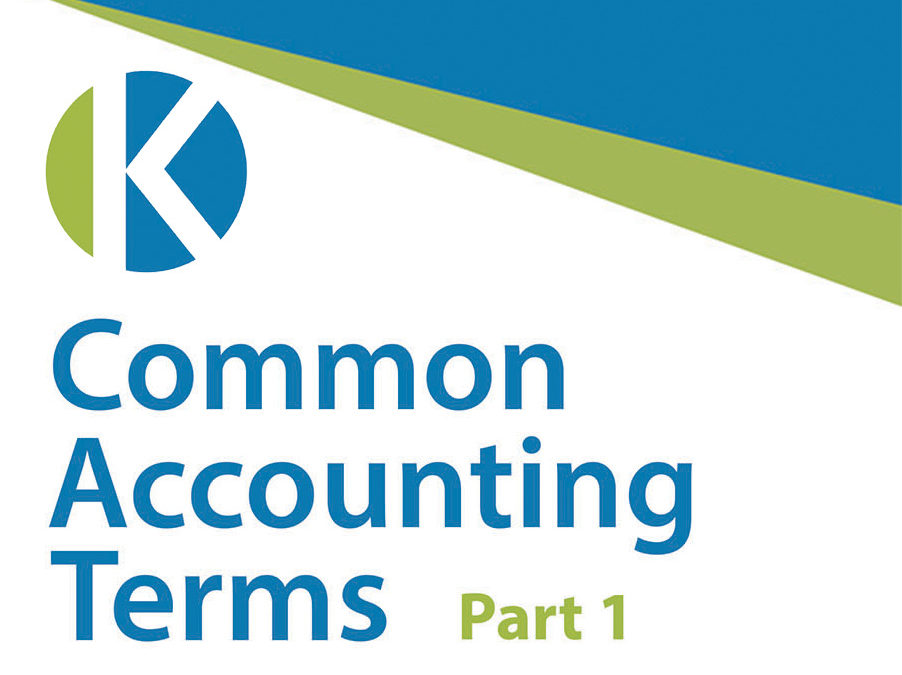Be honest. How many times have you walked into a conversation about accounting and finance items in business and spent some of the time faking your way through the discussion as others were throwing around unfamiliar words and explanations?
It’s totally uncomfortable, right? That’s why, no matter your role in the organization, it’s important to familiarize yourself with some of the common accounting terms that are used in the industry.
To start off with, let’s discuss Above the Line and Below the Line. Make sure you are aware of the two phrases!
Above the Line being is used to designate a customary balance sheet or income statement item in a financial statement, while Below the Line is a classification for an unusual revenue or expense item. This may require a separate grouping on the balance sheet or income statement.
Often times, these groupings are put together under a single account, when they are determined to be the same. It also may turn out to be an Account Payable, where the business owes money to a creditor, or an Account Receivable, where the business is expecting a payment made to them from a debtor.
Is your head swimming yet?
Time periods also have their own Accounting terminology, as well, such as EOY (End of Year), EOM (End of Month) and BOY (Beginning of Year).
Next, let’s chat about financial statements:
The Balance Sheet and the Profit and Loss Statement (aka: P&L or Income Statement)
The Balance Sheet shows the Assets, Liabilities and Owner’s Equity (also called Net Worth) of a business at a certain date, while the Income Statement is a summary of the revenues and expenses of the business for a specific period.
A business aims to have a positive Net Worth, which would be the value of the Assets over the Liabilities.
Within both of these financial statements are Balance Sheet Accounts and Income Accounts, which are the various items that the business keeps track of, such as travel, cash, loans, etc.
In both, the Chart of Accounts will help the accountant maintain what needs to be done for the business. These accounts are generally listed according to assets, liabilities, capital, income, cost and expenses.
Indirect Expenses and Indirect Labor are also a part of the costs, even though they may not be directly associated with what a business may be selling. Indirect Expenses would be things like manufacturing costs and overhead, while Indirect Labor is labor that needs to be accounted for, even though it’s not directly applicable to the goods being produced.
Specifically, the Balance Sheet includes items that are only found on this financial statement:
- Receivable, which is a collectible item that is due sometime in the future
- Equity, which is any right or claim to the assets and is therefore, a liability.
Similarly, the P&L includes items particular for that statement, as well:
- Gross Income, which is the total revenue for a specific timeframe, before deducting out any of the expenses.
- Adjusted Gross Income takes the above Gross Income number and subtracts out any business expenses, certain losses that were incurred from sales, self-employment expenses and moving expenses.
- Gross Margin refers to the excess of sales over direct costs of products sold.
- Gross Profit (also referred to as Margin) is the Net Sales a company realizes, minus the Cost of Goods Sold, which also includes Direct Labor that is specifically attributed to the business product.
- Cost of Goods Purchased refers to the purchase price of any of the items that were bought for a business, along with the cost of storage, transportation and delivery.
- Net Sales are the Gross Sales, minus any returns and allowances that have been made.
- Net Profit is the final revenue number, which subtracts all expenses and costs.
Both the Balance Sheet and P&L include different items for Depreciation, which is the wear and tear of a fixed asset that decreases the asset’s value. They also both account for Bad Debt, which is an account that they are unable to collect money from.
Stay tuned for the Common Accounting Terms – Part Two coming later this month!

